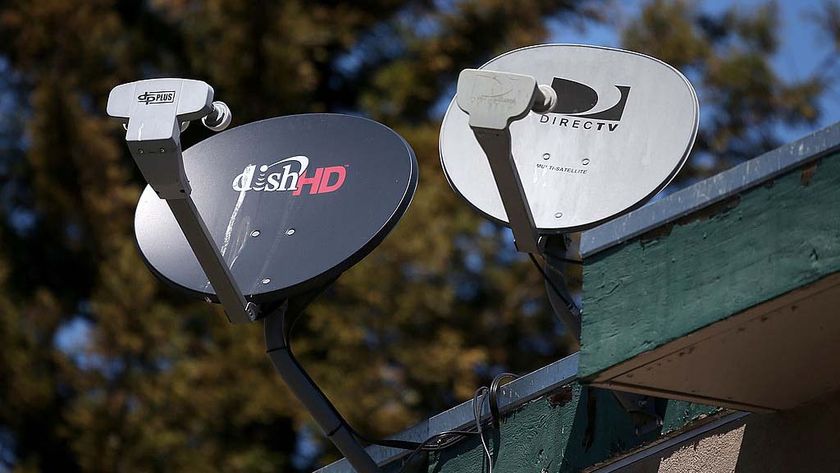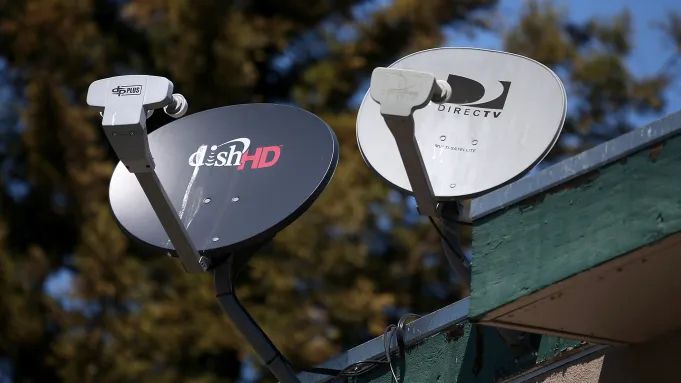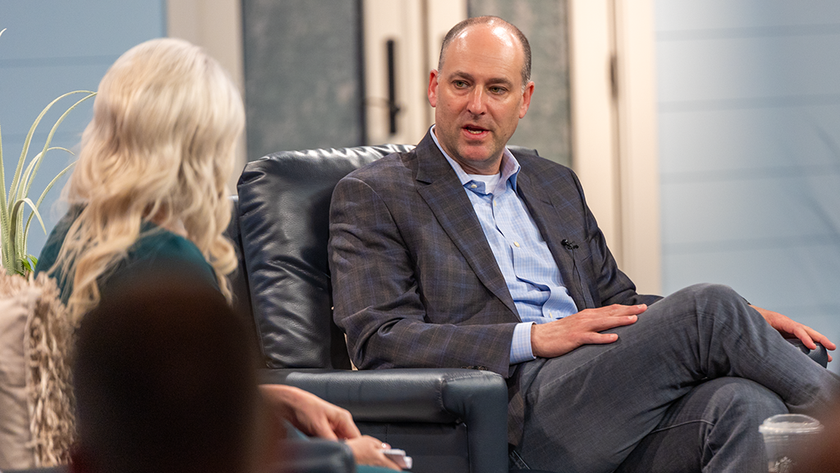DOCSIS 3.1 Nearly Ready to Go, But Are Customers?
NEW ORLEANS — DOCSIS 3.1 marks a huge advance for cable broadband services, but after setting aside precious bandwidth for the new platform, relatively few D3.1-capable modems will be available on the network early on to take advantage of that capacity.
Cable operators are now grappling with the question of how many DOCSIS3.1 modems should be on a particular service group before they light up the spectrum that unlocks enormous horsepower for a new wave of D3.1-capablemodems that will also support legacy DOCSIS 3.0-based traffic.
That’s just one issue Comcast has been studying as it continues to trial DOCSIS 3.1, said Jorge Salinger, the MSO’s vice president, access architecture, on Tuesday during a Cable-Tec Expo workshop here titled “DOCSIS 3.1 Readiness: To 1 Gig and Beyond.”
Salinger reiterated that Comcast has a “pretty aggressive plan for DOCSIS3.1,” as field trials continue this year ahead of anticipated deployments in 2016, and he talked up the 50% performance boost operators expect to get out of D3.1’s use of OFDM signals and the Low-Density Parity-Check forward error- correction scheme.
While DOCSIS 3.1 supports two 196- MHz blocks of spectrum, the specification allows operators to allocate a minimum of 24 MHz, Salinger pointed out, noting that it’s possible to proactively deploy DOCSIS 3.1 spectrum to the heaviest users, at least during the early phases of deployment.
That approach could allow cable operators to supply new modems to that base of users and surgically free up DOCSIS 3.1 spectrum during the transition, he said, adding that Comcast and other operators still have other tools to create that can be applied to the new D3.1 platform, such as moving to new, more efficient codecs.
Salinger also explained how Comcast might use DOCSIS 3.1 to deliver residential Gigabit broadband services. New hybrid modems, which will support both D3.0 and D3.1 traffic, could create bonded capacity of about 1.7 Gigabits per second, enabling Comcast to offer a “low-penetration” 1-Gig service, he said, adding that DOCSIS 3.1 equipment is “developing at a very, very fast pace.”
Multichannel Newsletter
The smarter way to stay on top of the multichannel video marketplace. Sign up below.
But he allowed that testing and measuring DOCSIS 3.1-based services and evaluating capacity management with the new platform would provide “a new and different challenge.” DOCSIS 3.1, Salinger added, “will require some operational adjustment but can be deployed on existing plant.”
One company that’s trying to help cable meet the test and measurement challenge of DOCSIS 3.1 is Viavi (formerly JDSU).
Al Ruth, a product line manager at Viavi, presented on how the vendor is using current plant metrics to monitor the health and performance of OFDM-based DOCSIS 3.1 signals as they move through the cable network.
Viavi is currently weighing this in the form of a trial with an unnamed European cable operator in four markets that started with a node selection process, a plant data and analysis phase, and on to the current phase, which involves collecting and analyzing data in the home.
Those tests, Ruth said, involve several elements, including basic carrier-level measurements, modulation error-ratio measurements, and ingress noise testing.
While those trials are not yet complete, Ruth said Viavi has already concluded that it can review these key metrics to predict how DOCSIS 3.1 traffic will perform on the cable network.










